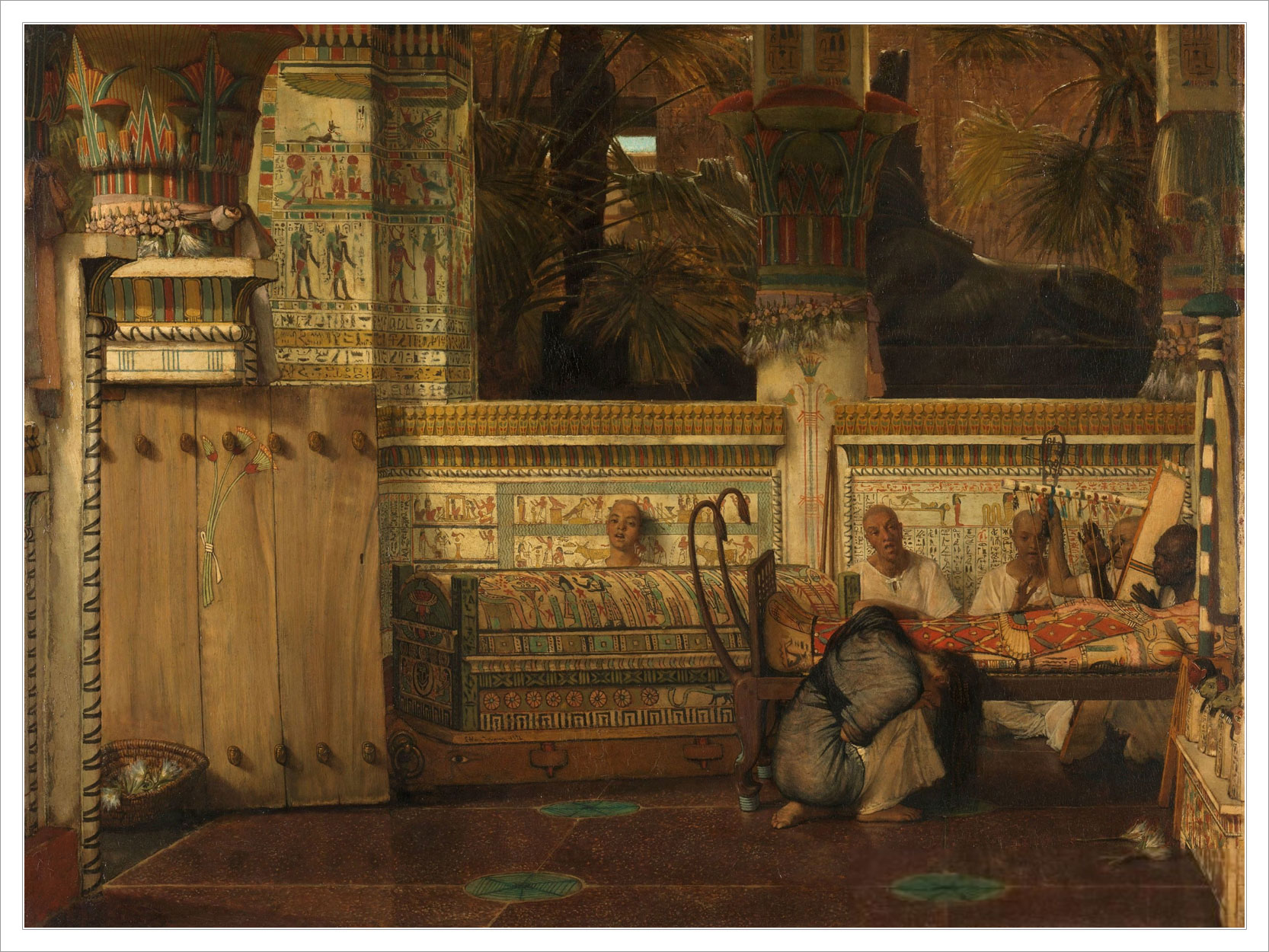Egyptian Mummies: From Medicine to Paint
For hundreds of years Europeans used ground up Egyptian mummies as medicine and paint pigment.
The Arabic word mūmiyā (which later became “mummia”) was the name for the black sticky asphalt material that came out of the ground used as a sealant, an adhesive, and as medicine around the ancient world. Pliny the Elder and others wrote about the medicinal uses for mummia which became a bit of a cure-all for a range of ailments.
Unfortunately mummia the petroleum product looked like another black substance that was a byproduct of the Egyptian embalming process. As such the word “mummia” came to mean both the petroleum product AND the byproduct of Egyptian mummification, which was then even further confused as meaning an entire mummified body. This is how we got the word “mummy”. Unfortunately this series of mistakes also led to hundreds of years of cannibalism.
Cannibal Medicine
Since the petroleum based mummia was used both externally as a salve as well as ingested internally, the Egyptian mummy version of mummia became used in the same ways. The 11th century physician Constantinus Africanus even described mummia as a “spice” found in the sepulchers of the dead. Soon the human version replaced the petroleum version and people began to crumble & grind human corpses for medicine.
With the Crusades, Europeans learned of mummia and its medicinal possibilities. This significantly increased European demand for Egyptian mummies and by the 15th-16th centuries there was a thriving trade in mummies. Thousands of bodies were being exhumed and shipped to Europe to be turned into medicines. In 1586 English merchant John Sanderson shipped 600 pounds of mummies to London to sell at various apothecaries. This was fueled in part by orientalism, that Egyptian mummies had some sort of exotic ancient knowledge or power.
Europeans would consume portions of Egyptian corpses for help with general pain, ulcers, inflammation, epilepsy, cough, difficult labor, etc. – none of which worked, or if they worked it wasn’t the mummy that was the active ingredient. The practice was so common Shakespeare included mummy as an ingredient in the witches’ potion in Macbeth. Demand was so high that by the 17th century some mummy dealers were producing counterfeit mummies. Newly deceased people, animals, or prisoners who had been purposefully starved & executed, were put through a process to simulate ancient Egyptian mummies.
After a few hundred years of medicinal cannibalism Europeans began to express doubt as to the practice’s efficacy (and ethicality). The 16th century herbalist Leonhard Fuchs felt foreign mummies were acceptable but local ones were wrong. While doubts arose during the Renaissance in the 16th century it took until the 18th century age of Enlightenment for the practice to fall out of fashion. As consuming mummies slowly ended Egyptian mummies took on a new role: paint pigment.


Mummy Brown
Around the end of the 16th century artists began using ground up Egyptian mummies (mixed with other materials) to produce mummy brown, a shade of brown pigment. Apothecaries that were grinding up mummies for medicine began to grind them up for paint as well. As a paint it was good for shadows, flesh tones, and glazing. Artists Benjamin West, Martin Drolling, Lawrence Alma-Tadema, Edward Burne-Jones, Eugène Delacroix, and others all painted with mummy brown.
It wasn’t until the 19th century that mummy brown began to fall out of favor. That said as recently as 1926 C Roberson & Co. still sold mummy brown made with ground up Egyptian corpses. As mummy brown died out so too did hundreds of years of large-scale desecration of deceased Egyptians, using human beings for medicines and paints.
Added info: in another example of “what’s old is new again”, in 2024 some Sierra Leoneans were digging up dead bodies for their bones to make the highly addictive street drug kush.


